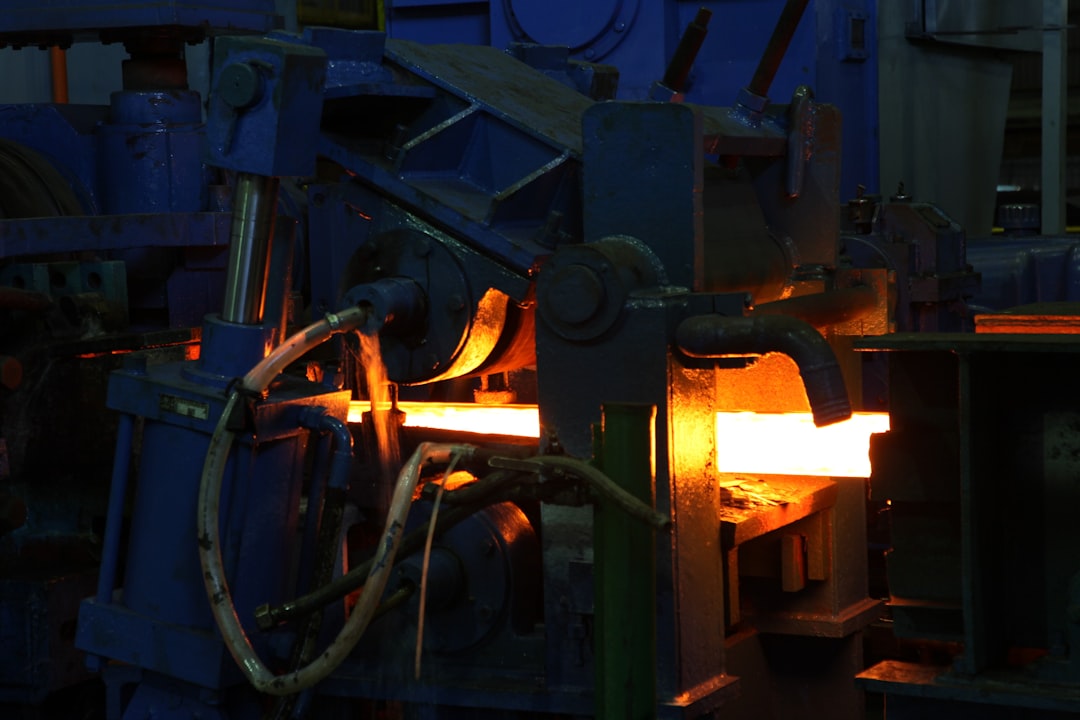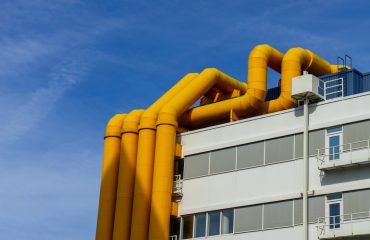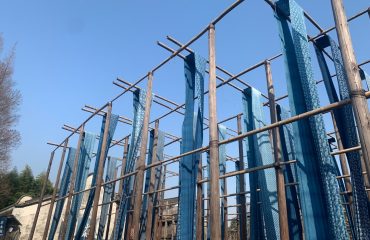The steel manufacturing industry is a cornerstone of modern infrastructure, but its inherent processes present significant occupational safety challenges. From the extreme heat and heavy machinery to the risk of chemical exposure and confined spaces, ensuring worker safety requires a multifaceted and proactive approach. This comprehensive guide delves into the crucial aspects of occupational safety in steel manufacturing, offering insights into best practices and regulatory compliance.
1. Identifying and Assessing Hazards in Steel Manufacturing
Hazard identification is the foundational step in any effective safety program. In steel manufacturing, hazards are numerous and varied. These include:
- Burn risks: Molten metal, hot surfaces, and sparks pose significant burn risks, requiring meticulous attention to protective clothing and safe work practices.
- Crushing and cutting hazards: Heavy machinery, rolling mills, and other equipment present substantial risks of crushing and cutting injuries. Proper machine guarding, lockout/tagout procedures, and employee training are essential.
- Falling objects: Working at heights, handling heavy materials, and the potential for structural collapse create risks of falling objects. Appropriate fall protection systems, such as harnesses and safety nets, are crucial.
- Chemical exposure: Exposure to various chemicals, including dusts, fumes, and gases, can lead to respiratory problems, skin irritation, and other health issues. Proper ventilation, respiratory protection, and safe handling procedures are necessary.
- Noise hazards: The constant operation of heavy machinery generates high noise levels, potentially leading to hearing loss. Hearing protection and noise reduction measures are essential.
- Confined space hazards: Many tasks in steel manufacturing involve working in confined spaces, posing risks of oxygen deficiency, toxic gas exposure, and entrapment. Proper ventilation, atmospheric monitoring, and entry procedures are crucial.
- Flame-resistant clothing: To protect against burns from molten metal and sparks.
- Cut-resistant gloves and sleeves: To protect against cuts from sharp edges and materials.
- Safety footwear: To protect against falling objects and crushing hazards.
- Hearing protection: To protect against noise-induced hearing loss.
- Respiratory protection: To protect against inhalation of dusts, fumes, and gases.
- Eye and face protection: To protect against flying debris, sparks, and molten metal.
- Hard hats: To protect against falling objects.
- Emergency response teams: Trained personnel should be designated to respond to various emergencies, including fires, chemical spills, and injuries.
- Emergency communication systems: Clear and reliable communication systems are essential to alert personnel and emergency services in case of an incident.
- Emergency evacuation plans: Clearly marked escape routes and assembly points should be established and regularly practiced through drills.
- First aid and medical response: Adequate first aid facilities and trained first responders should be available on-site.
- Incident reporting and investigation: A robust system for reporting and investigating incidents is crucial to identify root causes and prevent future occurrences.
- Occupational Safety and Health Administration (OSHA) regulations (in the US): These regulations cover a wide range of safety and health hazards, including those specific to the steel industry.
- Local and national safety standards: Many countries have specific national or regional safety standards applicable to the steel industry.
- Environmental regulations: Steel manufacturing involves the emission of various substances, and compliance with environmental regulations is essential.
- Machine guarding standards: Regulations pertaining to the safeguarding of machinery are crucial to prevent injuries from moving parts.
- Hazard identification and risk assessment: Employees should be trained to identify potential hazards and assess their risks.
- Safe work practices: Employees should be trained in safe operating procedures for all equipment and processes.
- Use of PPE: Employees should be trained on the proper selection, use, and maintenance of PPE.
- Emergency procedures: Employees should be trained on emergency response procedures and participate in regular drills.
- Regulatory compliance: Employees should be aware of relevant safety regulations and their responsibilities.
A thorough risk assessment, involving both management and workers, is crucial to identify and prioritize these hazards. This assessment should lead to the development of effective control measures.
2. The Crucial Role of Personal Protective Equipment (PPE)
Personal Protective Equipment (PPE) plays a vital role in mitigating the risks associated with steel manufacturing. Appropriate PPE must be selected based on the specific hazards identified in the risk assessment. This includes:
It’s crucial that all PPE is properly maintained, inspected regularly, and replaced when necessary. Employee training on the correct use and limitations of PPE is also essential.
3. Implementing Robust Emergency Procedures
Effective emergency procedures are vital in mitigating the consequences of accidents and incidents. These procedures should be clearly defined, regularly practiced, and readily accessible to all employees. Key aspects include:
Regular emergency drills and training are essential to ensure that employees are familiar with and prepared to implement emergency procedures effectively.
4. Ensuring Regulatory Compliance in Steel Manufacturing
Steel manufacturing operations are subject to a wide range of safety regulations, varying by location. Compliance with these regulations is not only crucial for ensuring worker safety but also for avoiding legal penalties. Key regulatory areas include:
Staying abreast of regulatory changes and ensuring compliance is an ongoing process that requires dedicated resources and expertise.
5. The Importance of Continuous Safety Training and Education
Safety training is not a one-time event; it’s an ongoing process that should be integrated into all aspects of steel manufacturing operations. Effective training programs should cover:
Continuous training and education empower employees to take ownership of their safety and contribute to a safer work environment. Regular refresher courses and updated training materials are vital to maintain a high level of safety awareness.
By implementing these strategies, steel manufacturers can significantly reduce workplace accidents and create a safer environment for their employees. Prioritizing safety is not just a moral imperative; it’s a key factor in productivity, efficiency, and long-term success.
SEO Tags:
steel manufacturing safety, occupational safety, steel industry safety, workplace safety, industrial safety




